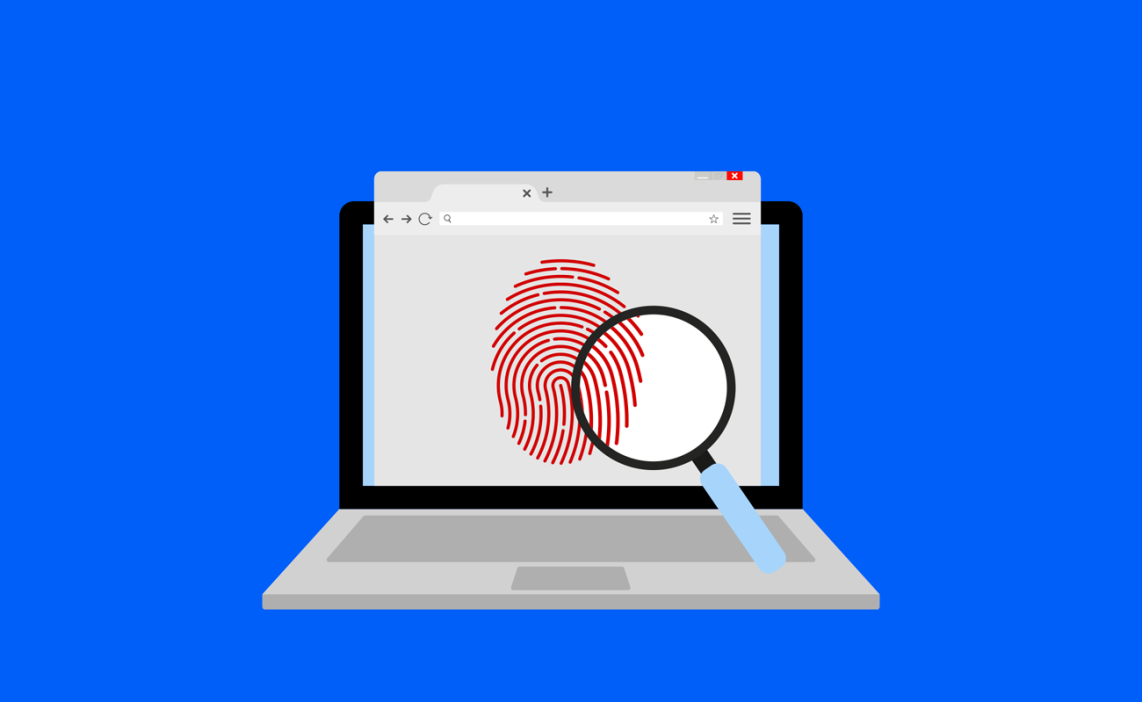As a business owner that operates online, it’s essential to understand how your customers’ browsing data is collected and used. One method of data collection you may need to be aware of is browser fingerprinting. In this blog post, we’ll provide a comprehensive guide to browser fingerprinting and explain why it’s essential for every business owner to be aware of this technology.
What is browser fingerprinting?
Browser fingerprinting is a method of collecting data about a user’s web browser and its configuration. This data can be used to identify and track individual users across multiple websites and sessions.
As a business owner, understanding browser fingerprinting can help you make informed decisions about collecting and using customer data. It can also help you stay up-to-date with online privacy and security trends.
How does browser fingerprinting work?
Browser fingerprinting collects various data points about a user’s browser, such as the browser type, version, operating system, language settings, installed plugins, and screen resolution. This data is combined to create a unique “fingerprint” that can be used to identify the user.
Types of data collected in browser fingerprinting
Some of the data that can be collected through browser fingerprinting include:
Browser type and version
Operating system
Screen resolution
Installed plugins and their versions
Timezone
Language settings
Fonts installed on the system
CPU and GPU information
Examples of browser fingerprinting techniques
Below are some common techniques used for browser fingerprinting.
Canvas fingerprinting: This technique uses HTML5 canvas to draw an image unique to the user’s browser configuration.
Audio fingerprinting: This technique uses the Web Audio API to collect information about the user’s audio hardware.
Battery fingerprinting: This technique collects information about the user’s device battery, which can be used to create a unique identifier.
How browser fingerprinting can benefit your business: use cases
Fraud detection and prevention
Browser fingerprinting can detect and prevent fraud, such as account takeover and payment fraud. By tracking a user’s online behavior, you can identify suspicious activity and block fraudulent transactions. This can be achieved specifically by comparing a user’s current browser fingerprint to their previous ones.
Insight into customer behavior and preferences
Browser fingerprinting can provide valuable insights into your customers’ behavior and preferences, helping you optimize your website and marketing campaigns.
Identifying popular products and services
By tracking which products and services are most popular among your customers, you can make data-driven decisions about which products to promote and how to price them.
Analyzing marketing channels and audience preferences
By analyzing the browser fingerprints of visitors from different marketing channels, you can identify which channels are most effective at driving traffic and sales. You can also use browser fingerprinting to segment your audience based on their preferences and behavior.
Delivering more relevant and engaging ads
Using browser fingerprinting data, businesses can target ads based on a user’s interests, location, behavior, and other factors. This allows them to deliver ads that are more likely to resonate with the user, increasing the chances of a click-through and conversion.
Increasing click-through rates and conversions
Targeted advertising can also help businesses increase their click-through rates and conversions. By delivering ads that are more relevant to the user, businesses can reduce the number of irrelevant or annoying ads that users see. This can increase the likelihood that the user will engage with the ad and take the desired action, such as purchasing or signing up for a newsletter.
Enhancing user privacy
Provide opt-out options for certain types of tracking
To enhance user privacy, businesses can offer opt-out options for certain types of tracks used in browser fingerprinting. For example, businesses can allow users to opt out of tracking for targeted advertising or analytics purposes. This can help users feel more in control of their data and reduce concerns about privacy violations.
Build trust with customers
Building trust with customers is crucial for any business, especially regarding data privacy. By being transparent about their data collection and use policies and offering clear opt-out options, businesses can demonstrate their commitment to user privacy and build trust with their customers. This can result in increased loyalty, higher customer retention rates, and a better reputation for the business.
Use privacy-focused browsers
Several privacy-focused browsers, such as Tor or Brave, aim to protect user privacy by limiting the amount of data collected and shared. These browsers may not be as convenient as mainstream browsers like Chrome or Firefox. But they can be a good option for users who prioritize privacy.
Disable browser features
Browser fingerprinting relies on certain features, such as cookies or JavaScript, to collect data about a user’s browsing activity. By disabling these features, users can limit the amount of collected data and reduce the risk of being tracked.
However, disabling these features can also limit the functionality of some websites. Thus, users should weigh the benefits and drawbacks before making changes.
Use privacy-enhancing browser extensions
Several browser extensions, such as Privacy Badger or uBlock Origin, can help users control the collected data by blocking trackers and other data collection forms. These extensions can be a good option for users who want to enhance their privacy without significantly changing their browsing habits.
Use antidetect browsers
Despite efforts to use anti-fingerprinting techniques, research has shown that many of these techniques are less effective than they may seem. As such, the best approach to enhancing privacy and limiting tracking is to use browsers specifically designed to prioritize privacy.
This is where Multilogin comes in with its capabilities to help mitigate various internet tracking systems. With Multilogin, you can create different browsing profiles, each with a unique browser fingerprint that remains the same every time the profile is used.
By creating these unique fingerprints, browser fingerprinting websites are fooled into thinking that the user is someone else for each profile, thereby enhancing privacy and limiting tracking.


